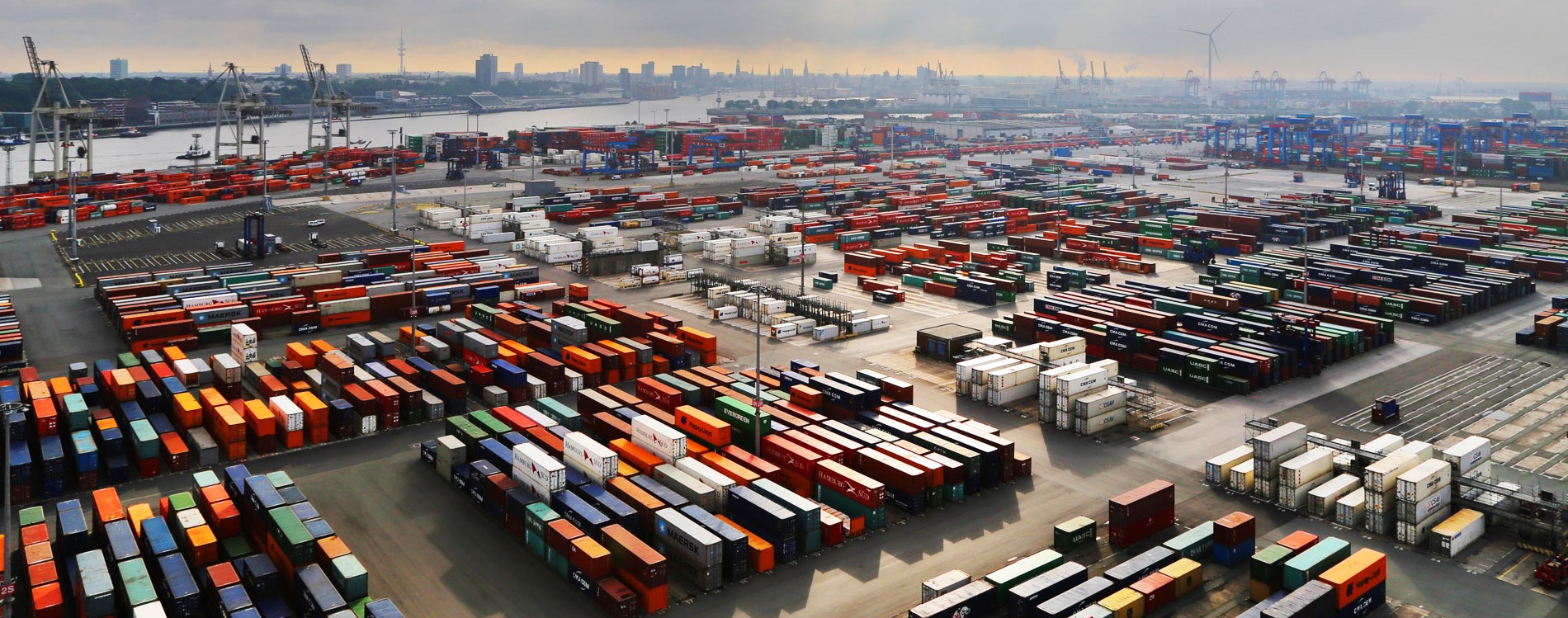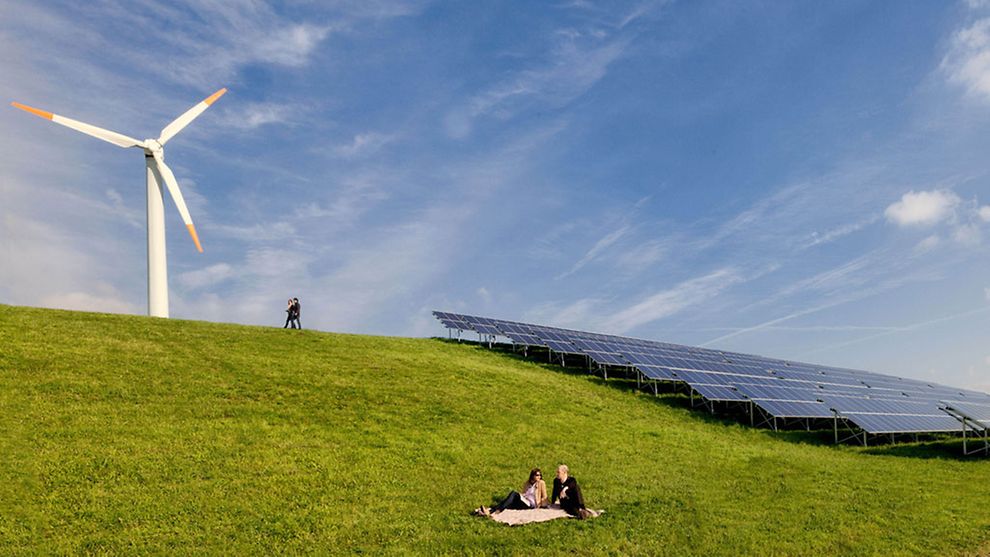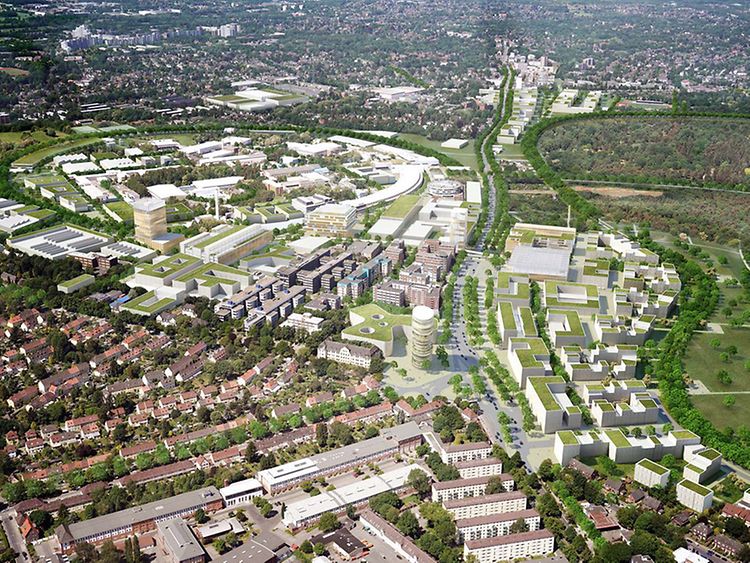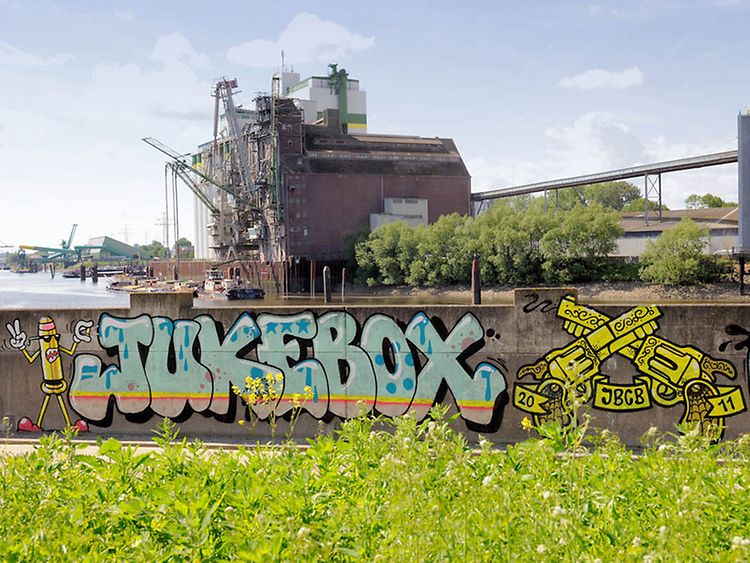Sustainable Port Industries
The second largest port in Europe, Hamburg's harbour is likely the first thing many people associate with the city. With that sheer economic power, the harbour also has the power to shape the city's sustainability practices. Hamburg's harbour has come to rely on sustainability and is fast becoming an ecologically aware business with the highest up-to-date technological standards. For example, the HHLA container terminal is powered by industrial waste heat from the nearby sewage disposal facility, saving up to 1,000 tons of carbon dioxide. It is the HHLA’s stated goal to reduce carbon dioxide emissions 30% by 2020. For the Altenwerder container terminal, a battery management system is being developed to harness wind and solar power. The construction of a wood-chip heating plant, designed to heat the office buildings of the container terminal, has already been completed.
'Going Green' for Growth
Ecology and economy go hand in hand in Hamburg. Energy suppliers have pledged to invest in the storage and transformation of renewable energy in order to make Hamburg a global centre for green energy. Today, Hamburg is already regarded as a capital of wind energy, making it quite fitting that Hamburg has been the host of the international Hamburg WindEnergy trade fair since 2014. Watch the video below for more information.
In this city by the Elbe river, the advantages of green technologies and their potential for both inhabitants and businesses were discovered many years ago. Now, nearly 33,500 employees work in energy generation, green building, water and waste management or energy services. The annual turnover in 2012 was an estimated EUR 10.66 billion and is growing steadily.
A Silicon Valley of Renewable Energies
At the Energy Campus of Hamburg University of Applied Sciences (HAW), scientists and students deal with questions of wind energy, storage technologies and intelligent mains. This so-called 'Silicon Valley of renewable energies' is also a hub for businesses that research environmental topics.
In addition to the research of theoretical approaches to sustainability, many projects were already realised during the 2015 International Architecture Exhibition. Hamburg's Wilhelmsburg district hosted the exhibition, where a 42-metre-tall anti-aircraft bunker was turned into an energy centre. It now creates energy and heat by means of a biomass power plant, a solar thermal system and a water reservoir. After finishing reconstructions in 2015, the bunker can supply heat for up to 3,000 homes and energy for approximately 1,000 households.
Wilhelmsburg is also home to several other innovative pilot projects. For example, the Algenhaus (lit. 'Algae House') has large bio-reactionary water reservoirs along its facades in which algae supply the building with energy by means of producing biomass. And a former waste dump has been transformed into another energy centre delivering wind and solar energy to about 4,000 homes.
Read more about the Renewable Energy Hamburg Cluster on the cluster's website.
Get to know the member companies and the committee.





